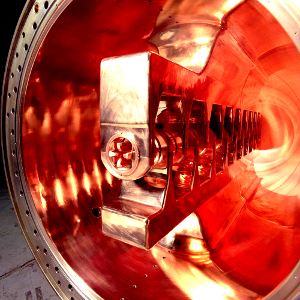Australians assist in making heavy mark for 117
 Australian experts have helped add to the periodic table, confirming the discovery of its latest element.
Australian experts have helped add to the periodic table, confirming the discovery of its latest element.
The element was first observed in a German lab in 2010, but it has taken researchers across the world, including a specialist team at the Australian National University (ANU), several years to confirm what was seen.
The as-yet-unnamed material was examined by local experts with access to a number of machines and facilities seen nowhere else in the world.
Just four atoms were observed and for less than a tenth of second, but the data gathered has now been independently corroborated, confirming the finding.
The new element is known as Element 117 – named for the number of protons in its nucleus. Element 117’s atoms are close to the heaviest ever observed, about 40 per cent heavier than lead.
It is expected to be given a name linked to its original Russian observers, and as director of ANU's heavy ion accelerator Professor David Hinde told the Sydney Morning Herald - naming the element is not exactly the point.
“The aim of science is not really to have naming rights of an element, it appeals to the imagination ... but we don't expect it to be called Canberrarium,” he said.
“The most satisfying aspect [of ANU's involvement] is that the lead team in Germany were coming to our laboratory to investigate.”
More exciting, Dr Hinde says, is the potential for subsequent discoveries.
“The trick for us is to understand the quantum physics going on when the reaction takes place to form these new elements and try, if possible, to work out if we're doing it in the best way and how to proceed to elements 119 and 120,” he said.
“It's a confirmation, it's not the pinnacle … what people want is to be the first to find evidence of a super heavy element.”







 Print
Print